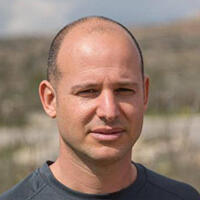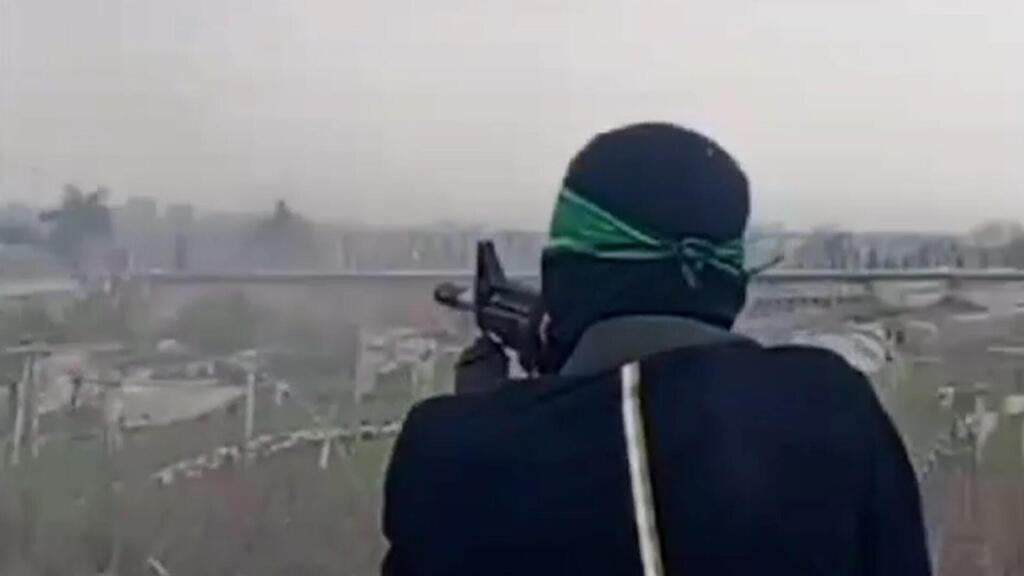In recent weeks, the village of Bat Hefer in central Israel has been rocked by a surge in shooting attacks, leaving residents on edge. Just beyond the security fence, dozens of armed terrorists, mainly from the Tulkarm and Nur Shams refugee camps, have been gathering and firing on israeli communities that border the West Bank. While the terrorist shooters are associated these camps, terror groups like Hamas and Islamic Jihad eagerly claim responsibility for each attack.
Terrorists shooting toward Bat Hefer
These operatives, often funded from outside sources, infiltrate the camps and launch their attacks. For shooting at communities in Hefer Valley and Gilboa, and filming the chaos with Hamas symbols prominently displayed, these attackers can earn thousands of shekels. The videos they produce are not just for show – they are designed to spread fear and panic. A recent video showed Hamas terrorists firing at homes in Bat Hefer, complete with the group's signature graphic elements, unmistakably signaling their involvement.
Over the past two years, Tulkarm and Nur Shams camps have evolved, adopting the "terror battalion" model from Jenin with external funding and guidance. This model consists of a command center, a clear hierarchy, and coordinated operations. The camps are fortified like military bases, with terrorists ready to confront IDF forces, establish hideouts and maintain strict operational secrecy.
Since the war began, Central Command has been working tirelessly to dismantle these terror networks. Security data reveals that over 160 terror operatives have been arrested in Jenin since the start of the war, with more than 65 terrorists killed. In Tulkarm, around 40 terrorists have been apprehended, with a similar number killed. In Nur Shams, 50 terrorists have been killed, and 70 weapons confiscated.
The Menashe Regional Brigade is conducting extensive operations, including aerial strikes and ongoing missions within the camps, in order to disrupt and destroy the terror infrastructures. With intelligence support from Shin Bet and the West Bank Division, several terrorists have been neutralized en route to carry out attacks. However, IDF has yet to fully stop the shooters. The daily barrage of attacks suggests that deterrence is faltering, raising concerns that the terrorists may soon strike closer and with greater precision.
Shooting at local communities is a known and dangerous tactic, but the IDF has faced this before. In past incidents, terrorists fired at West Bank settlements like Har Bracha and Givat Ronen. In response, stationing forces were assigned at key points, successfully intercepting terrorists arriving in vehicles to target the settlements, much like the recent attack in Bat Hefer.
Since October 7, Iran and Hamas have been pouring as much gasoline on the West Bank as they have been able to, and are trying to strike a match. Their attacks aim to create chaos, incite street confrontations with IDF forces and provoke widespread unrest, potentially leading to another intifada. Intelligence sources indicate that significant efforts and substantial funds are being funneled into stirring up the West Bank. The IDF has radically changed its operational approach in the West Bank, also known as Judea and Samaria, since the war began, but it appears that new solutions are still needed to address the threats facing the communities of Hefer Valley and Mount Gilboa region.





